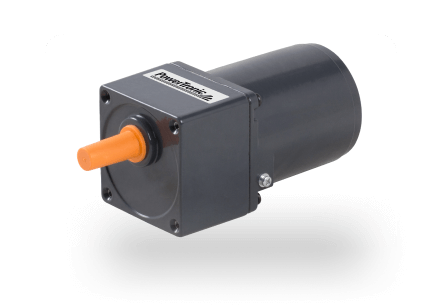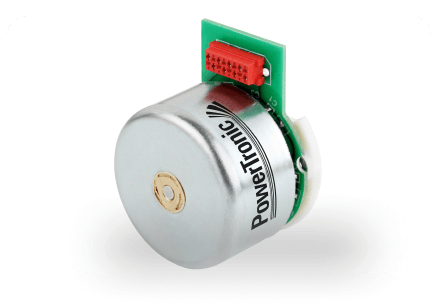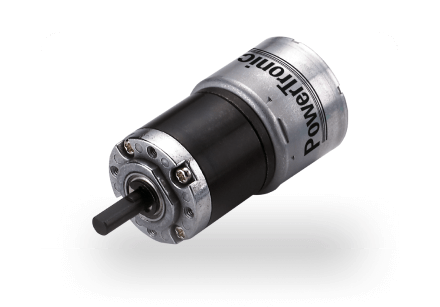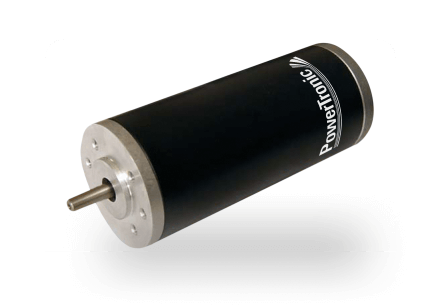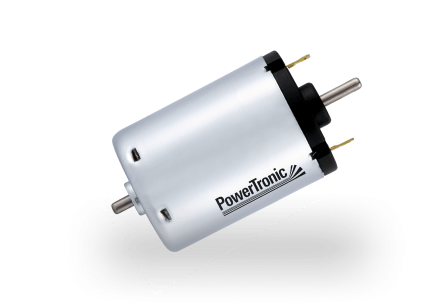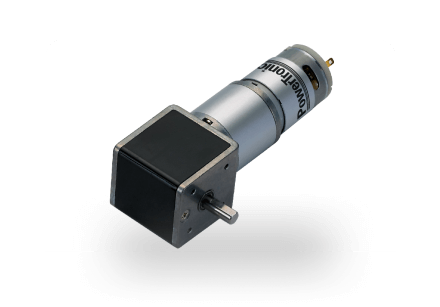Where are encoders used?
Encoders are used in many industrial areas. For example, encoders can be found in milling machines, CNC machines and many other machines in the processing industry.
What are these motors?
The encoder works on the basis of a mechanical movement – in most cases a rotation. This is converted into an electrical output signal. The encoder is connected to the rotating element by means of a bore, grooves or a flange.
What are the advantages of encoders?
Encoders impress with their simple structure and their stability. An encoder also has the advantages of very precise positioning and the possibility of exact counting.
